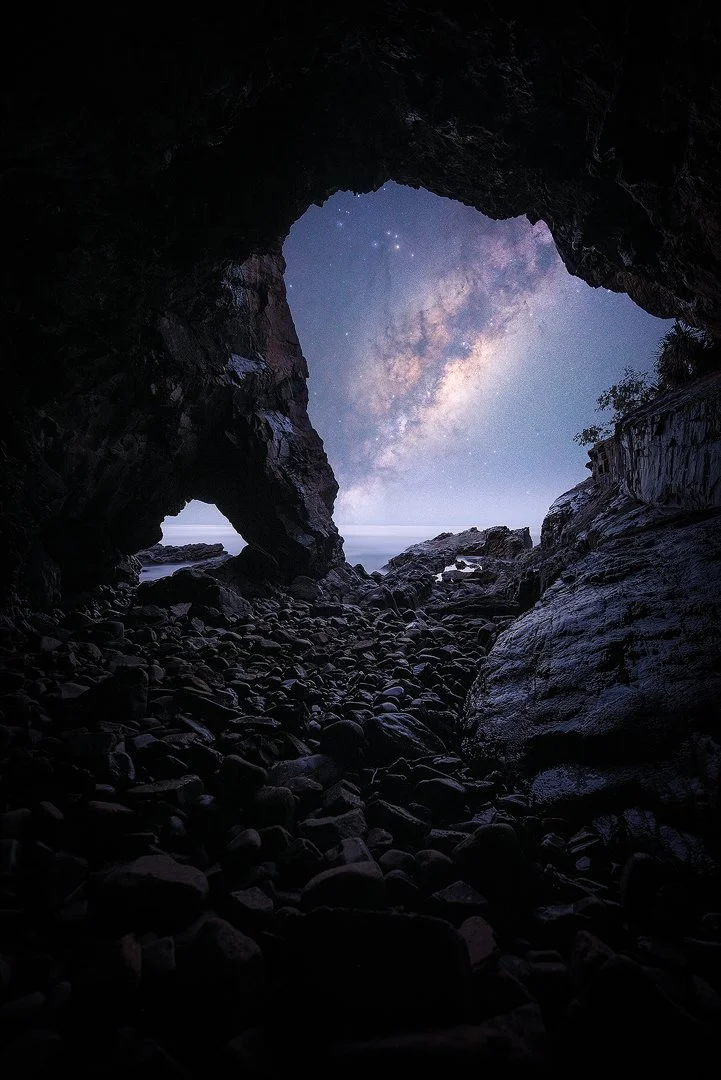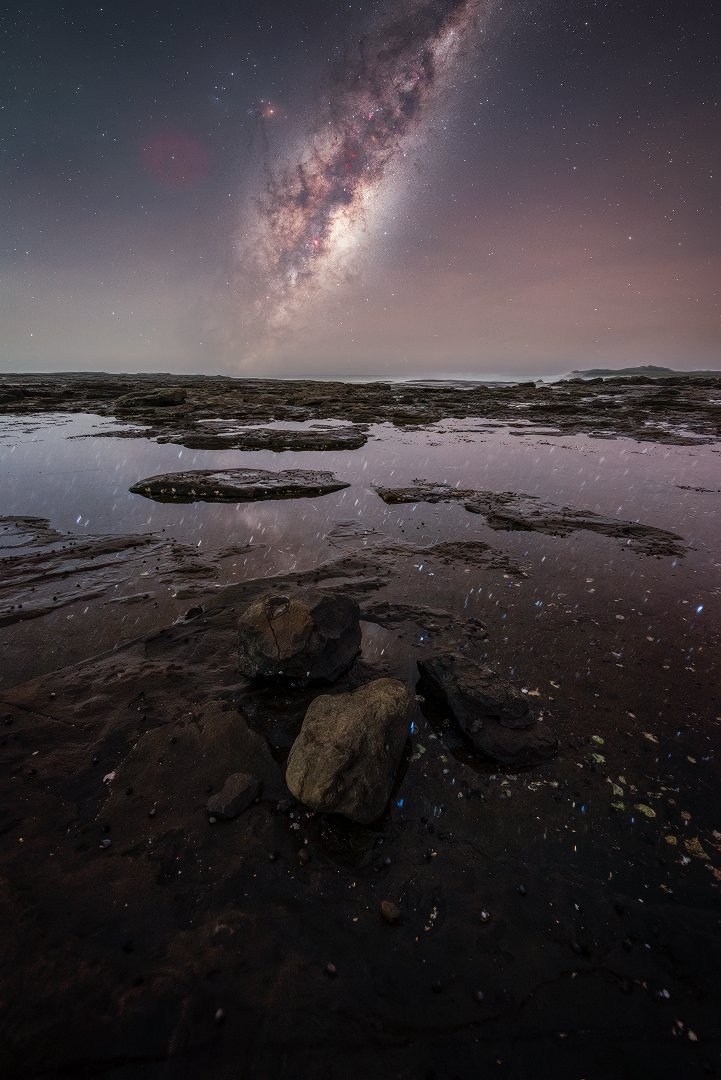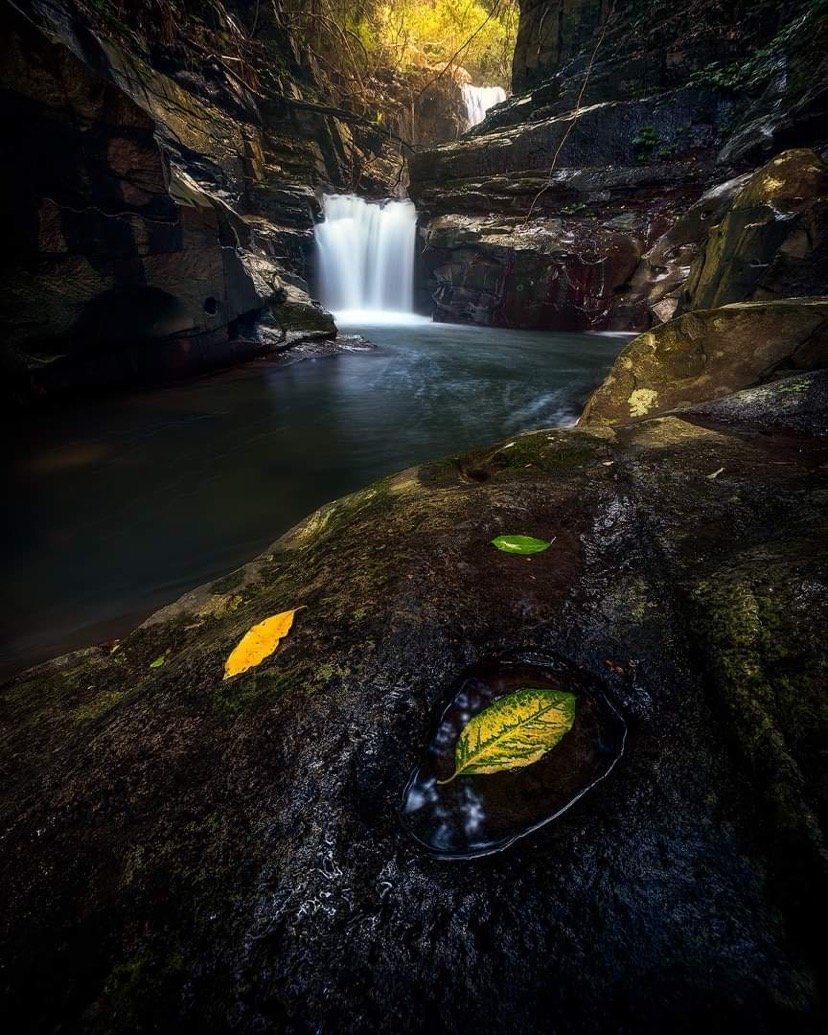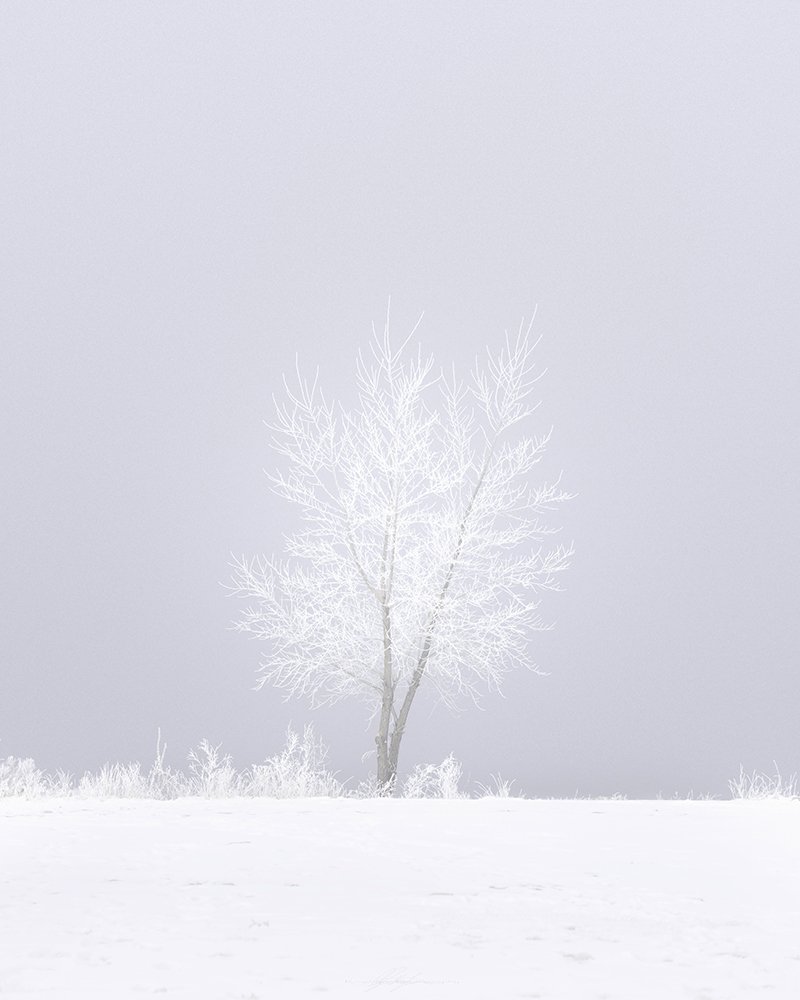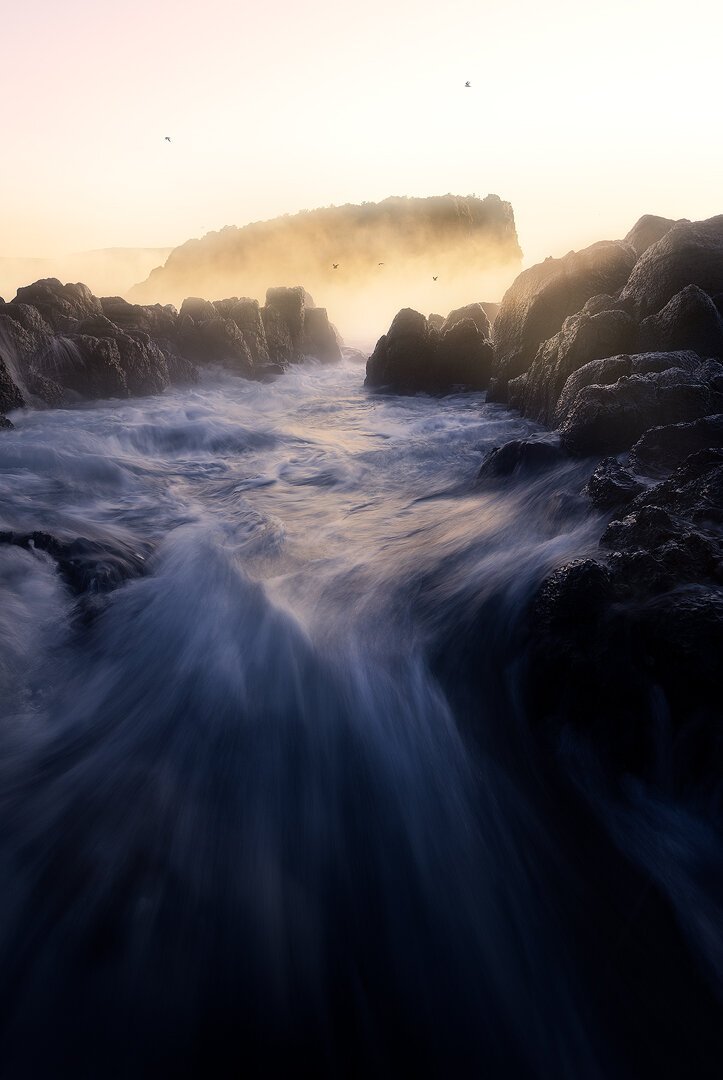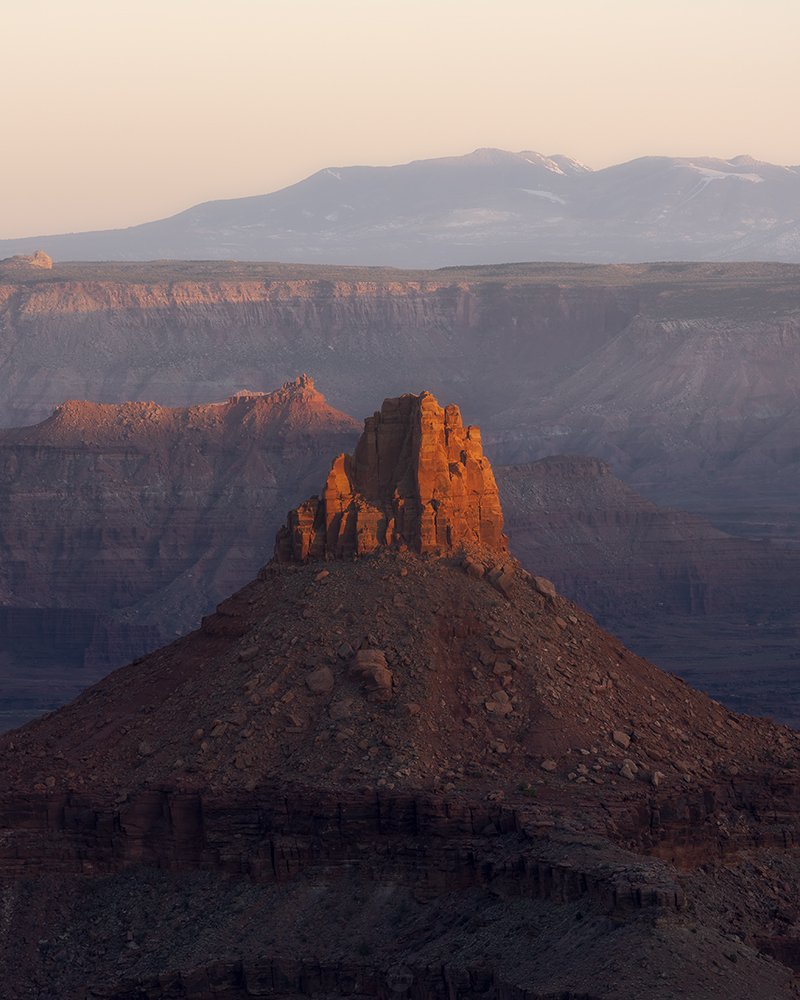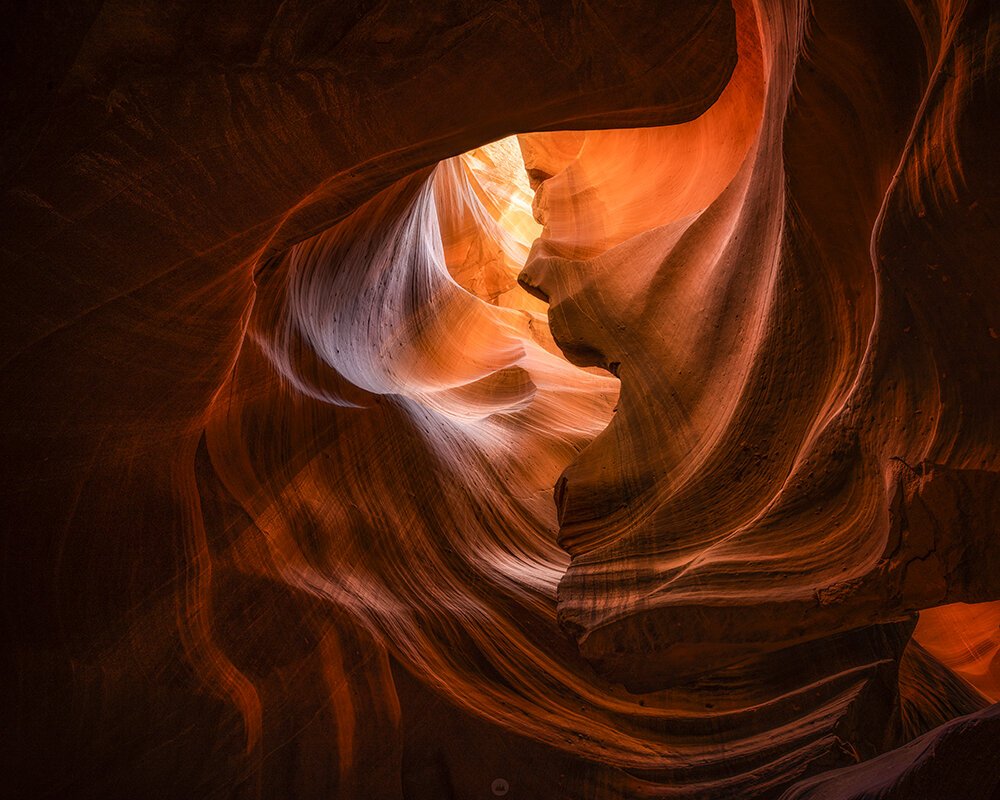History of these fundamentals
The three fundamentals of photography - Aperture, ISO, and Shutter Speed - have a long history that dates back to the earliest days of photography.
Aperture has been a key component of photography since the earliest cameras were developed in the early 19th century. In the earliest cameras, the aperture was controlled by adjusting the size of the aperture plate, which was a metal plate with a hole in the centre that was placed in front of the lens. As photography technology developed, camera lenses became more sophisticated, and the aperture was controlled by the size of the lens opening itself.
ISO, which stands for International Organisation for Standardisation, was originally developed as a way to standardise film sensitivity ratings across different manufacturers. In the early days of film photography, each film manufacturer used their own system for rating the sensitivity of their film, which made it difficult for photographers to accurately compare different films. ISO was introduced as a standardised system for rating film sensitivity, which allowed photographers to easily compare different films and choose the one that was best suited to their needs.
Shutter Speed, which refers to the length of time that the camera's shutter is open, has also been a fundamental aspect of photography since the earliest cameras were developed. In the early days of photography, shutter speed was controlled by the length of time that the aperture plate was left open, which was usually adjusted by hand. As photography technology developed, shutters became more sophisticated and shutter speed could be more accurately controlled.
Fundamentals
1. Aperture
Aperture refers to the size of the opening in a camera's lens through which light enters. Aperture is measured in "F-Stops," with a smaller F-Stop number corresponding to a wider aperture and a larger F-Stop number corresponding to a narrower aperture. The aperture of a camera controls the amount of light that enters the lens and reaches the camera's sensor, as well as the depth of field in an image (i.e., the range of distances in a scene that appear in focus).
2. ISO
ISO is a measure of a camera's sensitivity to light. A higher ISO value means that the camera is more sensitive to light, which can be useful in low-light situations. However, increasing the ISO can also introduce noise (graininess) into an image.
3. Shutter Speed
Shutter speed refers to the length of time that the camera's shutter is open, allowing light to reach the camera's sensor. Shorter shutter speeds freeze the action and are useful for capturing fast-moving subjects, while longer shutter speeds allow for the capture of motion blur and are useful for creating certain artistic effects.
Together, aperture, ISO, and shutter speed form the "exposure triangle" in photography, as they all work together to determine the overall exposure of an image (i.e., the brightness or darkness of the image). By adjusting these three settings, a photographer can control the amount of light that enters the camera and create the desired effect in their image.
Break It Down with Examples
Aperture
• Using a wide aperture (e.g., F/2.8) can create a beautiful bokeh effect (a blurred, out-of-focus background) in a portrait, drawing the viewer's attention to the subject.
• Using a narrow aperture (e.g., F/16) can be useful for landscape photography, where you want as much of the scene to be in focus as possible.
ISO
• In a low-light situation, such as at a concert or shooting Astro, increasing the ISO can help to capture a properly exposed image without using a flash or external light sources.
• In a brightly lit outdoor scene, a lower ISO value (e.g., ISO 100) can be used to avoid introducing noise into the image.
Shutter Speed
• Using a fast shutter speed (e.g., 1/1000th of a second) can help to freeze the action in a sports photograph.
• Using a slow shutter speed (e.g., 1 second) can create a sense of movement and dynamism in a photograph of flowing water or a moving car.
In conclusion, the three fundamentals of photography - aperture, ISO, and shutter speed - all work together to determine the overall exposure of an image and allow photographers to control the amount of light that enters the camera. By adjusting these settings, photographers can achieve various effects, such as a blurred background in a portrait or a sense of movement in a photograph of flowing water. Understanding and mastering these fundamentals is essential for photographers looking to create high-quality images.









